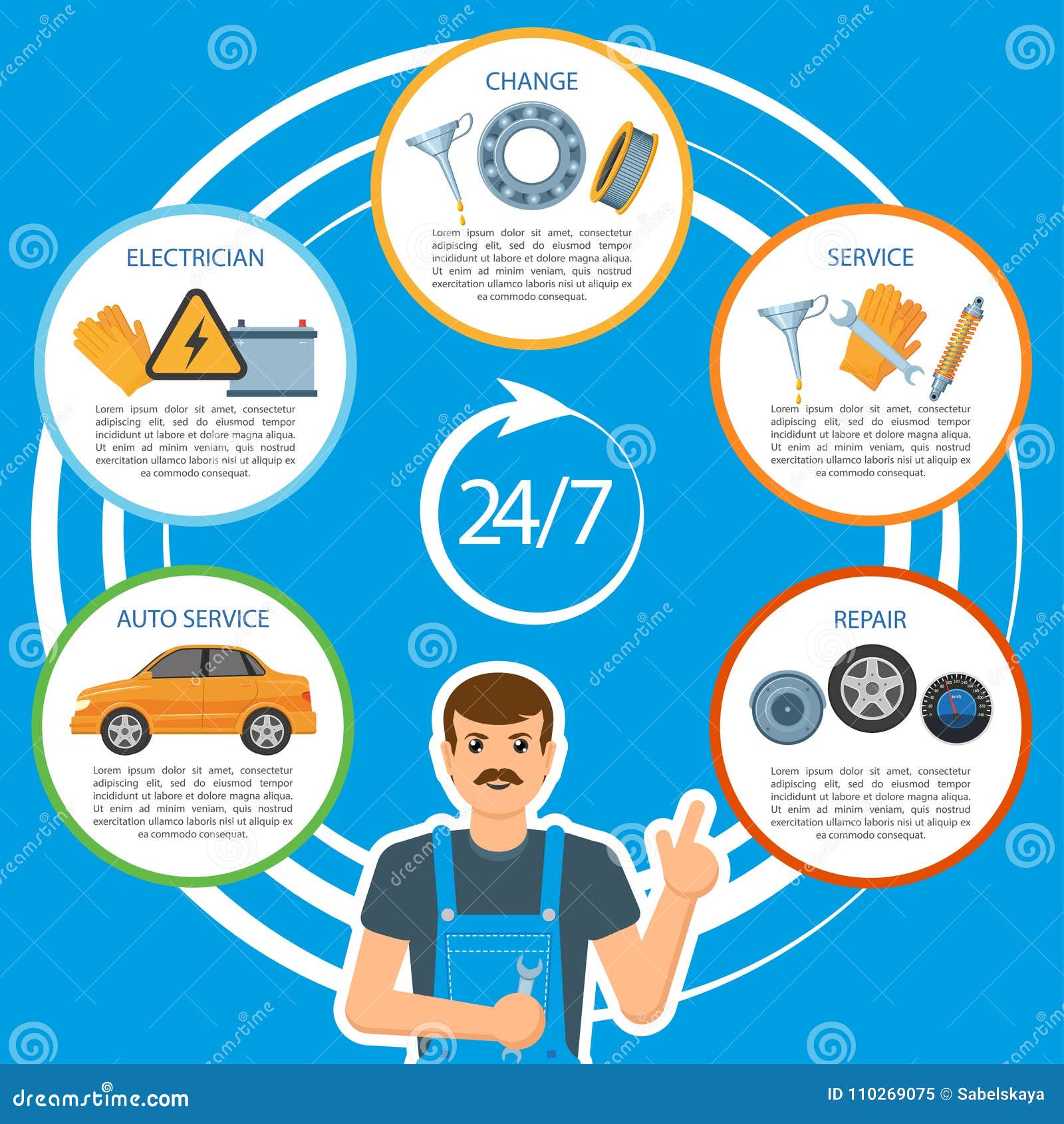When you're behind the wheel, those beautiful caution lights on your control panel can be a bit puzzling. Do you understand what they're trying to inform you regarding your vehicle's health and wellness? Understanding the significance of these lights is essential for your safety and the longevity of your automobile. So, the following time among those lights turns up, wouldn't you wish to decode its message precisely and take the required actions to address it?
Common Caution Lights and Interpretations
Identify typical warning lights in your cars and truck and recognize their definitions to make sure safe driving.
carwashbotany consist of the check engine light, which signifies problems with the engine or exhausts system. If this light begins, it's important to have your car checked quickly.
The oil stress warning light shows reduced oil stress, requiring instant attention to stop engine damage.
A blinking battery light may suggest a defective billing system, possibly leaving you stranded otherwise dealt with.
The tire stress surveillance system (TPMS) light alerts you to reduced tire stress, influencing automobile security and fuel efficiency. Overlooking https://www.aftermarketnews.com/visiting-turning-wrenches-european-auto-repair-louisville-ky/ might result in unsafe driving conditions.
The abdominal muscle light shows an issue with the anti-lock braking system, jeopardizing your capacity to quit quickly in emergency situations.
Last but not least, the coolant temperature level alerting light warns of engine getting too hot, which can result in serious damage otherwise fixed swiftly.
Understanding these typical warning lights will aid you address problems promptly and keep safe driving conditions.
Significance of Prompt Attention
Understanding the common caution lights in your cars and truck is just the initial step; the importance of quickly resolving these warnings can not be highlighted enough to guarantee your safety when driving.
When a caution light brightens on your control panel, it's your auto's way of communicating a potential concern that needs interest. Neglecting these cautions can result in much more severe problems in the future, compromising your safety and possibly costing you a lot more out of commission.
Prompt attention to warning lights can protect against breakdowns and mishaps. For example, a blinking check engine light could indicate a misfire that, if left neglected, could create damage to the catalytic converter. Addressing this promptly can conserve you from an expensive repair service.
Similarly, a brake system cautioning light may indicate reduced brake liquid or worn brake pads, vital components for your security when driving.
DIY Troubleshooting Tips
If you observe a caution light on your dashboard, there are a couple of DIY fixing pointers you can try prior to seeking professional help.
The initial step is to consult your vehicle's handbook to understand what the certain caution light suggests. Sometimes the concern can be as straightforward as a loose gas cap triggering the check engine light. Tightening the gas cap might fix the problem.
Another common concern is a reduced battery, which can trigger various advising lights. Inspecting the battery links for rust and guaranteeing they're protected might deal with the problem.
If a caution light persists, you can try resetting it by detaching the automobile's battery for a few minutes and afterwards reconnecting it. Furthermore, checking your vehicle's fluid degrees, such as oil, coolant, and brake liquid, can help repair cautioning lights related to these systems.
Verdict
In conclusion, recognizing your cars and truck's caution lights is essential for maintaining your automobile running efficiently and securely. By quickly addressing https://airliftperformance40627.blogsuperapp.com/31789912/insights-from-the-field-a-specialist-automobile-detailer-s-guide-to-ideal-practices and recognizing what they imply, you can prevent expensive fixings and prospective breakdowns.
Keep in mind to consult your vehicle's manual for specific information on each cautioning light and act as necessary to guarantee a hassle-free driving experience.
Stay notified, remain risk-free when traveling!
